Clade Monocots Scientific name Dianella Rank Genus | Clade Angiosperms Higher classification Liliaceae | |
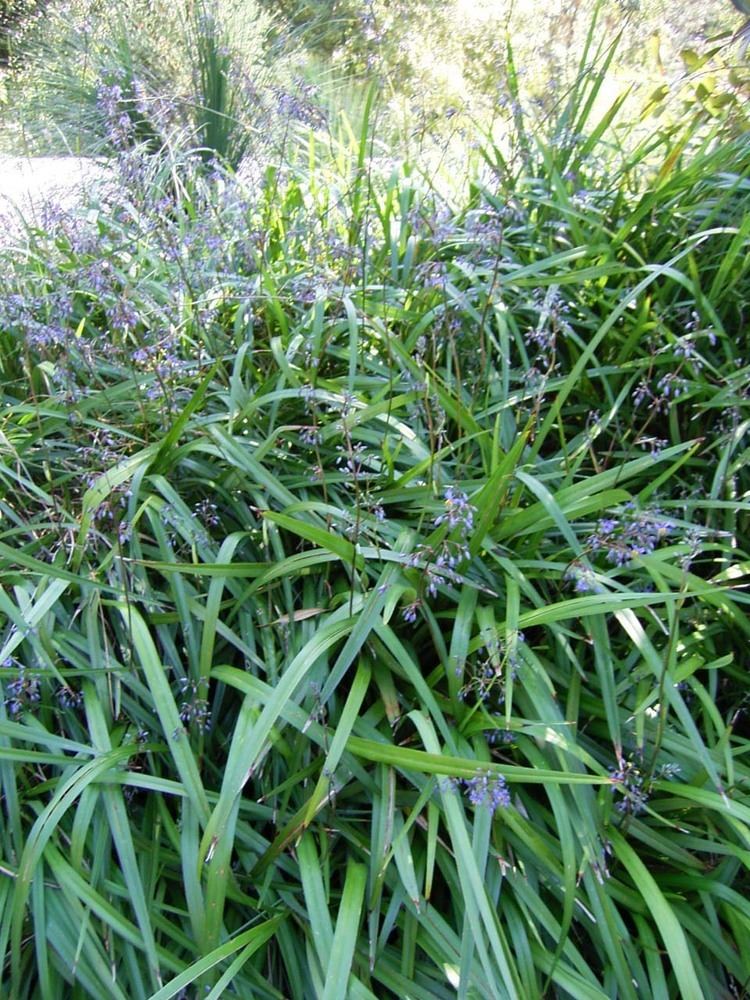 | ||
Lower classifications Dianella caerulea, Dianella ensifolia | ||
Dianella is a monocot genus of flowering plants. They are commonly called flax lilies.
Contents
In the APG II system of plant classification, Dianella was placed in the family Hemerocallidaceae. When that system was replaced by APG III in 2009, Hemerocallidaceae was combined with two other families, called Asphodelaceae in the APG IV system.

Dianella ranges from Japan to India, thence south to Australia and New Zealand; it also occurs on many Pacific Islands. About half of the species are native to Australia. Several species are grown for their attractive foliage and shiny, blue to purple berries. Estimates of the number of species range from 20 to more than 40. The type species for the genus is Dianella ensata, now a synonym of Dianella ensifolia.
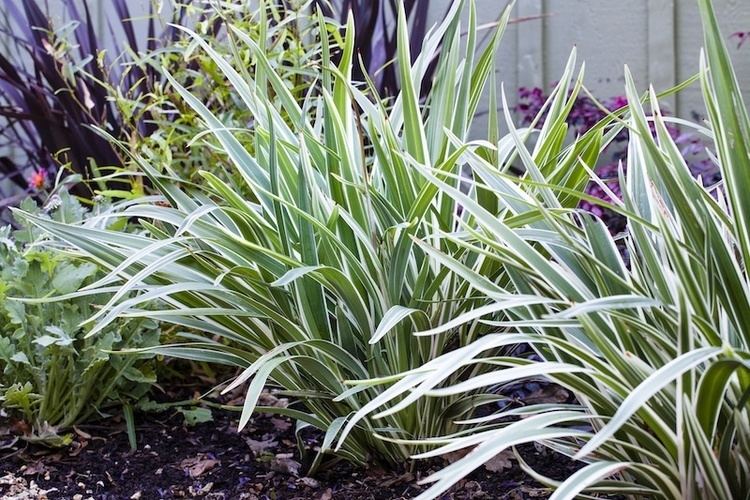
Dianella is not well understood taxonomically and is in much need of revision. It is closely related to Thelionema and Herpolirion. Not all taxonomists recognize the genus. In one paper on the classification of Xanthorrhoeaceae, Dianella and six other genera were subsumed in the genus Phormium.
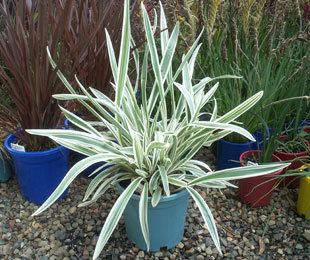
Description
Characteristics:
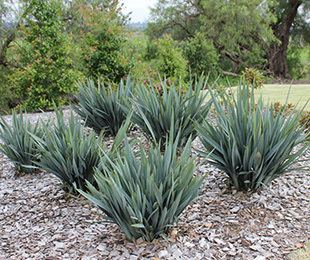
Taxonomy
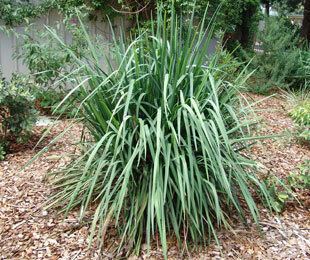
The genus name Dianella was published by Jean-Baptiste Lamarck in 1786 in his Encyclopédie Méthodique. Botanique, but this did not validly establish the botanical name because Lamarck did not include a description of the new genus. Antoine Laurent de Jussieu made it a correct name in 1789 when he published a description in the first edition of his Genera Plantarum. In an etymology of this name, Umberto Quattrocchi states that Dianella is "diminutive of Diana, the mythical goddess of hunting, the sylvan goddess.
Species
As of September 2014, the World Checklist of Selected Plant Families recognizes 41 species:
Australian species (incomplete)
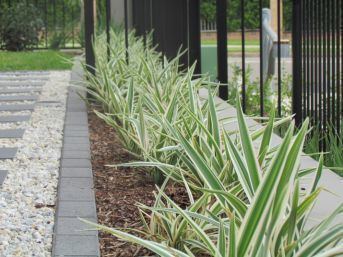
New Zealand species (incomplete)
Uses
Some species can be cultivated. They are frost-hardy and grow in full sun or partial shade. They can be propagated by division of the rhizome. Some plants have dense, attractive foliage and showy flowers and fruits.
Reports of the edibility of the fruit range from very poisonous to sweet and nutty (such as D. caerulea), and the beach flax lily (D. congesta) is reportedly the best-tasting.
The leaves are used to weave dillies and baskets by Indigenous Australians.
